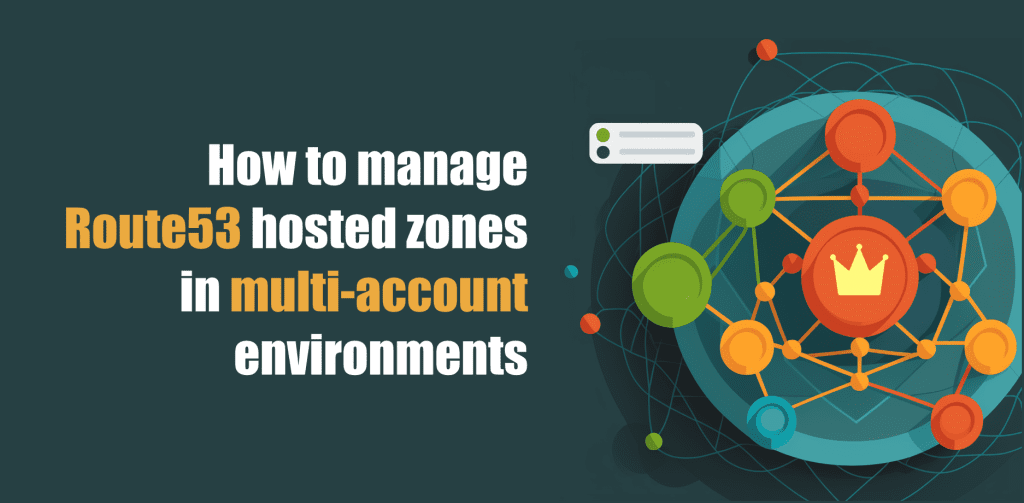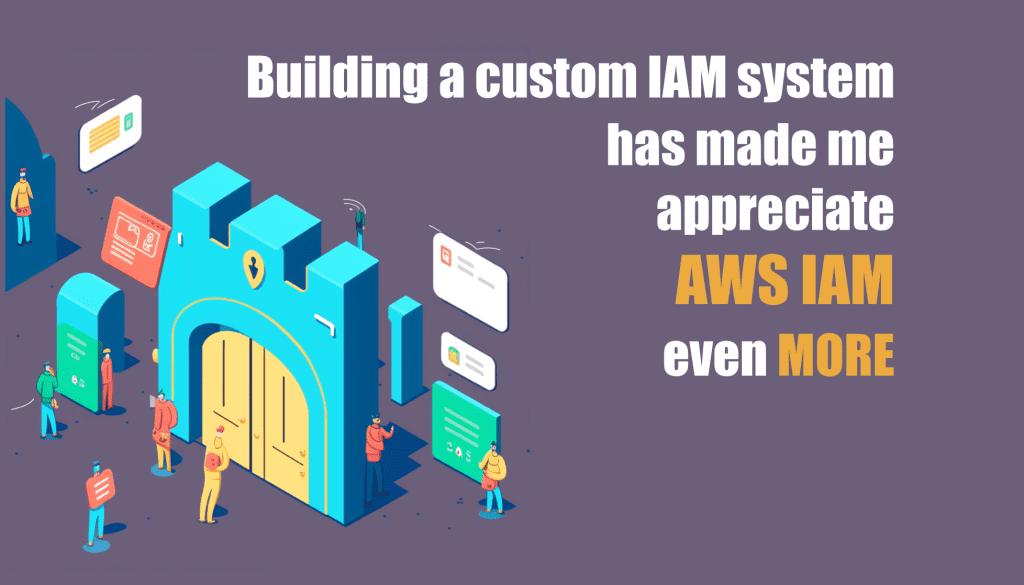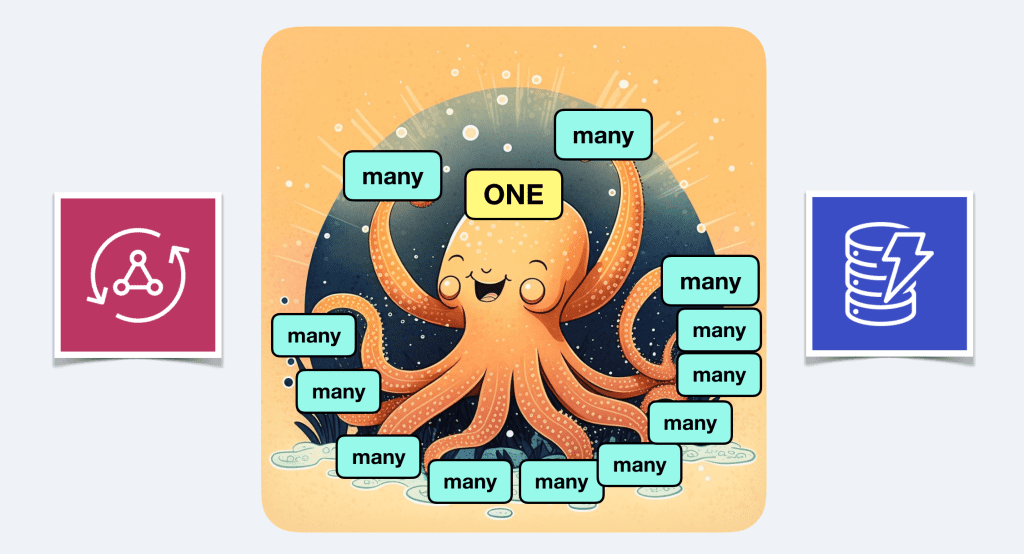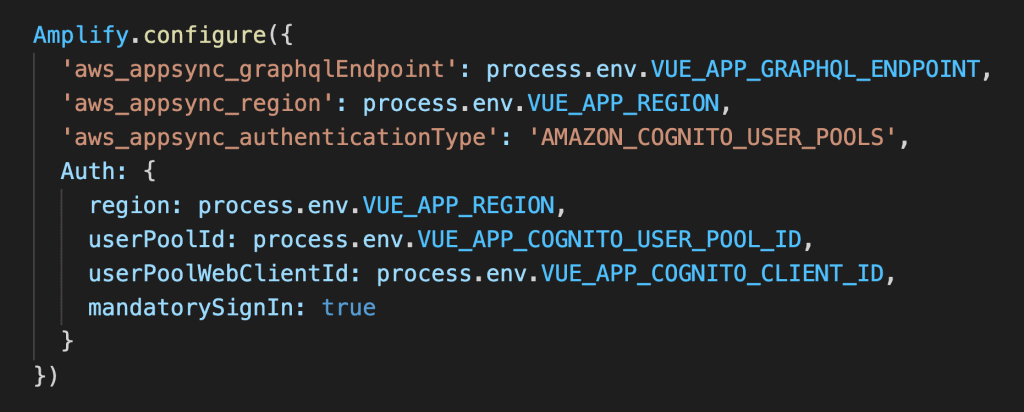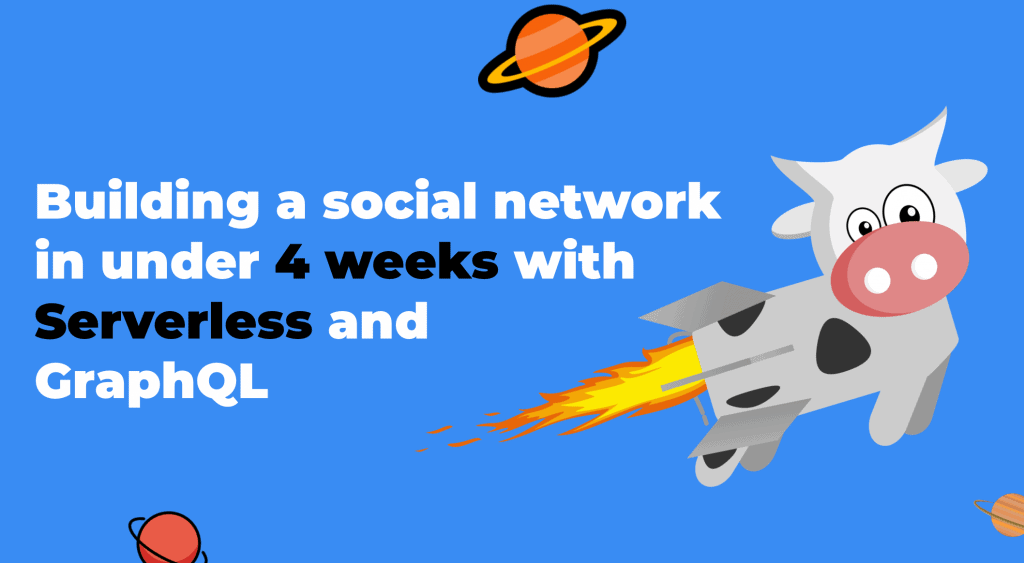How to manage Route53 hosted zones in a multi-account environment
An interesting question came up in a conversation today: “How should I manage the Route53 DNS records in a multi-account environment?” Suppose you have configured an AWS Organization with different accounts for dev, staging and production environments. And you have registered the root domain for your application in the master AWS account. When working with …
How to manage Route53 hosted zones in a multi-account environment Read More »
